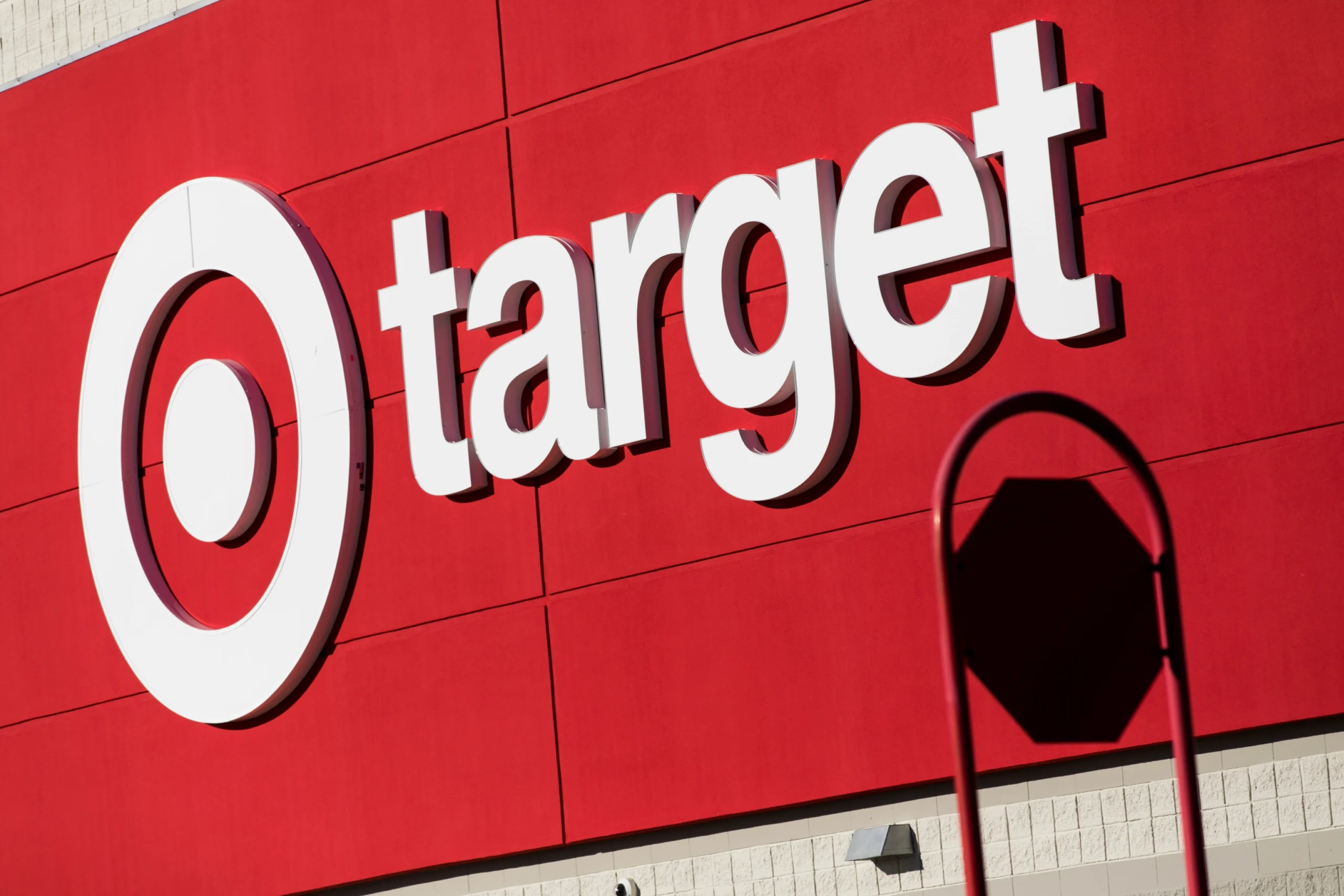Product retail packaging is one of the most important elements in the retail process, yet it is often overlooked by product startups. Good retail product packaging can be a key marketing tool, influence consumer behavior and affect the perceived value of a product. In today’s competitive retail environment, manufacturers need to make sure that their products stand out from the crowd.
The Evolving Importance of Retail Packaging
In today’s dynamic and highly competitive retail landscape, retail packaging has gained even greater significance. First and foremost, it protects the product from damage and ensures that it arrives at the store in perfect condition. Secondly, retail product packaging can be a key marketing tool. It is an opportunity to grab the attention of consumers and communicate key messages about the product. Third, retail product packaging can influence consumer behavior.
The way a product is packaged can affect how consumers perceive it, and whether or not they will purchase it. Finally, retail product packaging can affect the perceived value of a product. If a product is well-packaged, it will be seen as more valuable than a similar product that is poorly packaged.
Several factors contribute to its increased importance:
- Changing Consumer Behavior: With the rise of e-commerce, consumers are now used to making purchasing decisions based on product images and descriptions online. As a result, the role of packaging as a physical representation of the product has become more critical than ever.
- First Impression Matters: Packaging often serves as the first point of contact between a brand and a customer. It’s the first thing a consumer sees on a store shelf or upon receiving an online order. This initial impression can significantly impact a consumer’s perception of the product and the brand itself.
- Differentiation in a Crowded Market: The retail market is saturated with similar products, making it challenging for brands to stand out. Well-designed packaging offers a unique opportunity to differentiate your product from competitors, capture attention, and pique curiosity.
The Impact on Brand Perception
The role of retail packaging extends beyond merely containing and protecting products. It’s a powerful tool for shaping brand perception and influencing consumer behavior.
- Brand Identity: Packaging is an extension of your brand identity. It should reflect your brand’s personality, values, and positioning in the market. Whether it’s minimalist and eco-friendly or bold and luxurious, packaging design should align with your brand’s essence.
- Consumer Trust: Consistency in packaging design and quality reinforces trust among consumers. When they encounter a product with the packaging they recognize and trust, they are more likely to make a purchase.
- Storytelling: Effective packaging tells a story about the product and the brand. It can communicate the product’s benefits, origin, and the brand’s commitment to quality, sustainability, or innovation.
Retail Product Packaging Can Be A Key Marketing Tool
Retail product packaging plays a key role in the marketing of products. Manufacturers use retail packaging to communicate key messages about their products, and to influence consumer purchase decisions. In many cases, retail packaging is the only opportunity that manufacturers have to make a favorable impression on potential customers. As such, the retail packaging should be well-designed and impactful. The right retail packaging can make all the difference in terms of whether or not a product is successful in the marketplace.
Retail Product Packaging Can Influence Consumer Behavior
Retail product packaging can influence consumer behavior in several ways. First, retail packaging can affect the perceived value of a product. For example, if a product is packaged in a luxury box with high-end graphics, consumers may perceive it as a more valuable item than if it were packaged in a plain cardboard box. Second, retail packaging can influence the perceived quality of a product.
Products that are packaged in well-designed containers with high-quality materials are often perceived as being higher quality than products that are packaged in cheap, flimsy containers. Finally, retail packaging can influence the perceived urgency of a purchase. Products that are packaged in limited edition or time-sensitive packaging are often seen as more urgent purchases than products that are packaged in standard packaging. In conclusion, retail product packaging can have a significant impact on consumer behavior. Manufacturers should carefully consider their retail packaging options to ensure that they are conveying the desired message to consumers.
Key Elements of Effective Retail Packaging
Investing in an eye-catching packaging design is essential to capture the attention of consumers and create a lasting impression:
- Visual Appeal: Visual elements such as color, typography, and imagery should align with your brand and resonate with your target audience. These elements should draw the eye and convey the essence of your product.
- Uniqueness: Strive for packaging that is distinct and memorable. A unique design helps your product stand out on crowded store shelves and in online marketplaces.
- Clear Messaging: Packaging should communicate essential information about the product, including its name, key features, and usage. Avoid clutter and ensure that messaging is easy to read and understand.
Functionality and Protection
Effective packaging goes beyond aesthetics; it should also serve practical purposes.
- Retail packaging must safeguard the product from damage during transit and storage. Depending on the product type, this may involve protective layers, cushioning, or structural reinforcements.
- Packaging should be easy to handle by both consumers and retailers. Easy-open features, handles, or stackability can enhance convenience.
- With growing concerns about sustainability, eco-friendly packaging materials are becoming increasingly important. Consider options like recyclable, biodegradable, or reusable packaging materials.
Branding and Packaging Cohesion
Packaging is a dynamic branding tool that can help you connect with your audience and communicate your brand’s essence.
- Leverage color psychology to evoke specific emotions and associations in consumers. For example, vibrant colors may convey excitement, while muted tones can signify sophistication.
- Consistent use of fonts and messaging reinforces brand recognition. Ensure that your brand’s voice and values are evident in the text on your packaging.
- The imagery and graphics on your packaging should align with your brand’s storytelling. Visual elements should complement and enhance the narrative you want to convey.
Packaging Cohesion Across Product Lines
Maintaining cohesion in packaging across various product lines can help build a strong brand identity.
- Consider adopting visual themes that run through all your product packaging. This could involve using a consistent color scheme, logo placement, or design elements that tie all products together.
- Ensure that your brand’s logo and name are prominently featured on all packaging. This helps customers quickly identify products from your brand, even when shopping in unfamiliar categories.
- When launching new products within your brand, think about how their packaging can be an evolution of your existing packaging theme. This evolution keeps the brand recognizable while indicating innovation.
The Role of Sustainability and Eco-Friendly Packaging
As environmental concerns continue to grow, sustainable packaging has become a priority for both consumers and brands. Many consumers actively seek products with eco-friendly packaging, and they are willing to pay more for products packaged sustainably. Sustainable packaging options, such as recyclable, biodegradable, or compostable materials, contribute to reducing the environmental footprint of your brand. In fact, some regions have introduced regulations and incentives for sustainable packaging and adhering to these standards can keep your brand in compliance with local and international requirements.
Balancing Sustainability and Brand Goals
While sustainability is essential, it must align with your brand’s goals and values. Explore eco-friendly materials and manufacturing processes that align with your brand’s values. Examples include using post-consumer recycled content, reducing plastic usage, or sourcing materials responsibly. Educate your customers about your commitment to sustainability through packaging. Clearly label packaging as recyclable, provide instructions for proper disposal, and communicate your brand’s eco-friendly initiatives. Most importantly, understand that sustainable packaging may come with different cost implications but weigh the costs against the long-term benefits, including enhanced brand reputation and customer loyalty.
Enhancing Customer Experience and Unboxing
The unboxing experience is a unique opportunity to create a memorable and shareable moment.
- Personalization: Consider adding personal touches to the packaging, such as handwritten thank-you notes, branded tissue paper, or stickers. Personalization creates a sense of connection between your brand and the customer.
- Surprise and Delight: Include surprises or unexpected elements in the packaging, such as small gifts, samples, or discount codes. These unexpected extras can delight customers and encourage them to share their experience on social media.
- User-Generated Content: Encourage customers to share their unboxing experiences on social media platforms using a branded hashtag. User-generated content serves as authentic endorsements and boosts brand visibility.
User-Friendly Packaging
Ensure that your packaging is designed with ease of use in mind. Customers appreciate packaging that is easy to open without frustration. make sure to avoid excessive adhesives or complex packaging designs that can deter consumers. If your product requires assembly or usage instructions, provide them in a clear and concise manner.
Graphics and icons can also help convey information effectively. Consider accessibility in packaging design to accommodate a wide range of customers.
Conclusion
In today’s retail environment, manufacturers need to make sure that their products stand out from the crowd. Retail product packaging is one of the most important elements in achieving this goal. When done well, retail product packaging can protect the product, communicate key messages, influence consumer behavior and affect the perceived value of the product. In other words, retail product packaging is important for many reasons.
Have you considered launching your product brand in retail? If so, our team at Retailbound can help. Since 2008, we have helped countless product brands launch and grow in the retail space. Contact us today to get more information.
About the Author
Yohan Jacob is the President and Founder of Retailbound. Retailbound is a comprehensive retail channel management consultancy that helps brands launch and scale their products in over 150+ retailers in both the US and Canada. Specializing in bridging the gap between product creators and retailers, Retailbound offers a range of services from retail strategy development, buyer engagement, sales management and channel marketing support. Whether the client is a startup or an established brand, Retailbound provides expert guidance to increase their retail presence, navigate buyer relationships, and drive sales growth both in-store and online.



